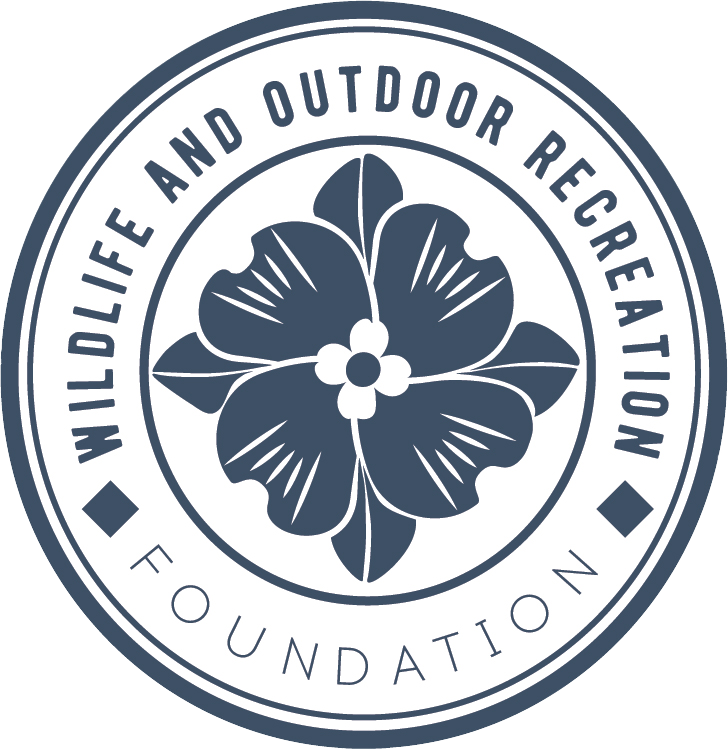Species of Greatest Conservation Need
Species of Greatest Conservation Need are species whose populations are noticeably declining, and this grouping of species are refered to as at-risk species. The declines in populations of many of the at-risk species come from loss or disruption of habitat caused by things such as development, pollution, and habitat destruction.
According to the N.C. Wildlife Resources Commission there are 483 Species of Greatest Conservation Need. This number includes amphibians, birds, crayfishes, freshwater fishes and mussels, mammals, reptiles, as well as terrestrial and aquatic snails.
The N.C. Wildlife Action plan, also includes insects and marine species, describes 17 river basins, and 40 types of aquatic, wetland and terrestrial natural communities found across the state that provide important habitat to fish and wildlife.
Neuse River Waterdog
These aquatic individuals can live 10 to 20 years. They are a valuable resource in rivers and streams however are affected by water pollution and habitat disruption.
Painted Bunting
This species lives up to their name, with brightly colored feathers. They are medium-sized birds that prefer cover, like woodland edges. However, their population is declining due to habitat loss
Yellow Lance Mussels
These natural water filters can grow a little over 3 inches in length. A single mussel can filter up to 15 gallons of water per day. Their habitat, however, is affected by pollution and habitat destruction.
Photo Credit: USFWS
Smoky Dace
Smoky Dace are considered an undescribed species. This species is found in western NC , and only grow to about 6 inches from head to tail fin.






